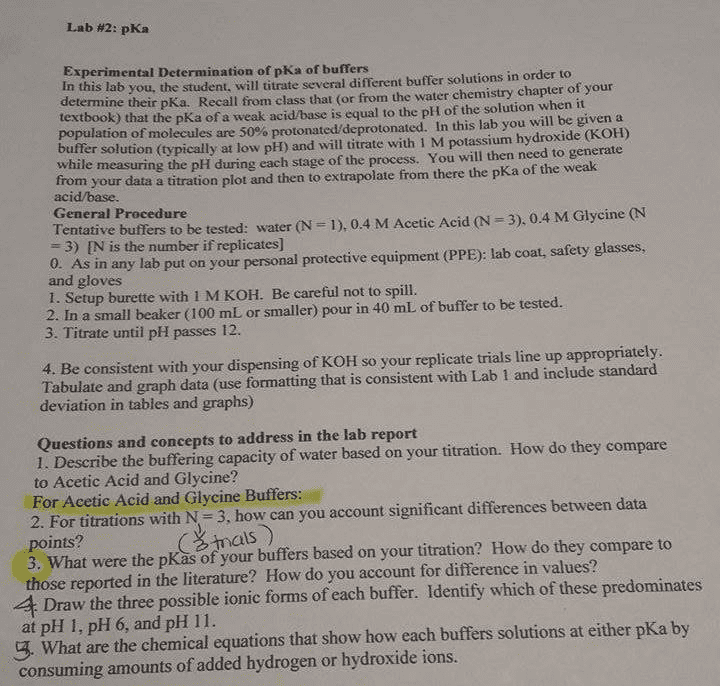CHEM 14A Chapter Notes - Chapter J.2: Deprotonation, Protonation, Acid Strength
Document Summary
Get access


Related textbook solutions
Chemistry: Structure and Properties
Basic Chemistry
Principles of Chemistry Molecular Approach
Principles of Chemistry Molecular Approach
Chemistry: Structure and Properties
Chemistry: A Molecular Approach
Chemistry: A Molecular Approach
Principles of Chemistry: A Molecular Approach
Chemistry: The Central Science
Related Documents
Related Questions
QUESTION 1
Which of the following substances is most acidic?
| Cowâs milk - pH 6.6 | ||
| Apple juice - pH 3.0 | ||
| Tomato juice - pH 4.5 | ||
| Distilled water - pH 7.0 |
2 points
QUESTION 2
A buffer is a substance that converts:
| Alkaline solutions to neutral solutions. | ||||||||||||||||||||||||||||||||||||||||||||||||||||||||||||||||||||||||||||||||||||||||||||||||||
| Acidic solutions to alkaline solutions. | ||||||||||||||||||||||||||||||||||||||||||||||||||||||||||||||||||||||||||||||||||||||||||||||||||
| Strong bases or acids to weak bases or acids. | ||||||||||||||||||||||||||||||||||||||||||||||||||||||||||||||||||||||||||||||||||||||||||||||||||
| Acidic solutions to neutral solutions. QUESTION 3 How does a solution of pH 7 compare to a solution of pH 10?
2 points QUESTION 4 According to the Arrhenius Theory of acids and bases, a base is:
|
